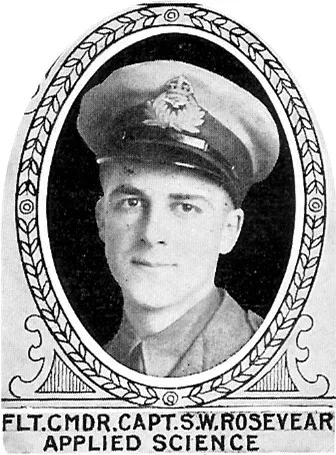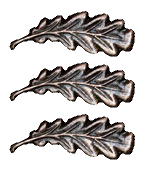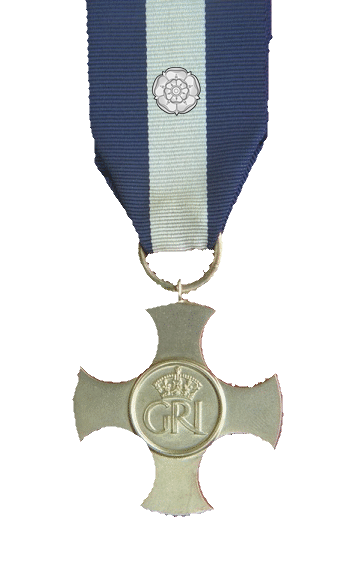Stanley Wallace Rosevear enlisted in the University Overseas Training Company in November 1916. In January 1917 he transferred to the Royal Naval Air Service. After pilot training he was posted to France with 1(N) Sqn in July 1917 which became 201 Squadron when the RNAS and RFC amalgamated April 1, 1918 to become the RAF. In nine months Rosevear scored 25 victories before he was killed in a flying accident near Arras, France, practicing target attacks when he suddenly dove into the ground. Captain Stanley Wallace Rosevear DFC & Bar, MiD(x3) (RAF) was Flight Commander of 201 Squadron RAF at the time of his death
Rosevear, Stanley Wallace (Captain)
Killed in Flying Accident 1918-May-25
Service
RAF
Unit
201 (F) Sqn- Squadron (RAF)
Hic Et Ubique Here and everywhere
Base
Noeux, France
Rank
Captain
Position
Pilot
Service Numbers
490895
Camel serial: B6321

The Sopwith Camel became the most successful British fighter of the First World War. The Sopwith F.1 and 2F.1 Camel first went into operations on the Western Front in 1917 and then served in virtually every theatre of Royal Flying Corps (RFC), Royal Naval Air Service (RNAS) and Royal Air Force (RAF) service. Several Canadian aces used the Camel as their mount. The Camel was very manoeuvrable, and it could be tricky to fly in the hands of a novice pilot. For experienced pilots, however, the aircraft proved to be a superb fighter.
The Camel's machine-guns were mounted on the forward fuselage with their breeches enclosed in a faired metal cowling "hump" that gave the Camel its name. Several Camels were also shipped to Canada in the post-war period as part of an Imperial gift. Three registered Sopwith F.1 Camels entered service with the RCAF at Camp Borden in 1924. The following year, the RCAF purchased seven additional aircraft to provide further spares for the active aircraft. These latter aircraft were in fact 2F.1 models that had been "navalized" variants. Used primarily by wartime experienced fighter pilots for refresher training, the Camels lasted another five years before finally being scrapped. Wikipedia



